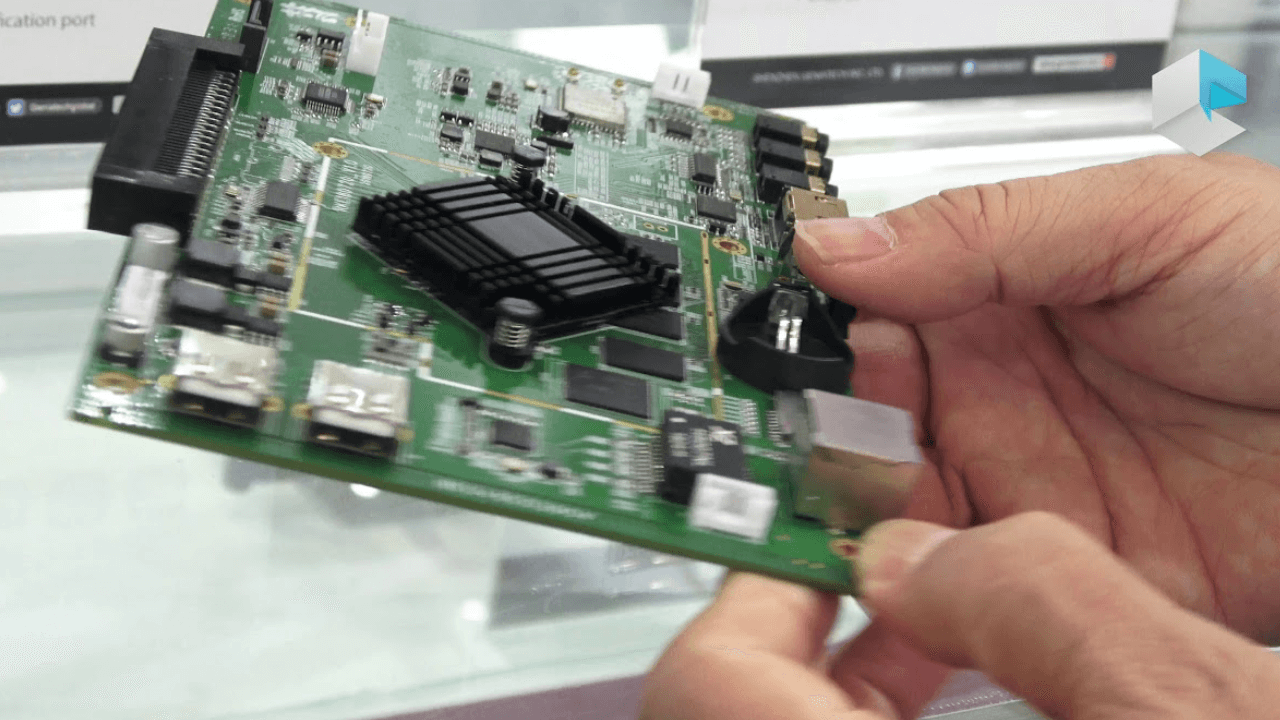Embedded systems are specialized computer platforms that offer specialized support and are integrated into application environments or other computing platforms. The ability to build low-cost systems on chips, along with the ability to lower the cost of memory and processing power, have made it possible to create and use embedded computing systems in a variety of application scenarios.
Network adapters for computers and mobile phones, control systems for air conditioning, machinery, and automobiles, and surveillance systems are a few examples. Due to their critical function in multiple applications spanning numerous industries, embedded systems have become an essential part of our daily lives.
A specialized computer system known as an embedded system works on specific projects or tasks inside a bigger system. These systems feature a small, effective, and dependable design. For more information, read more here. This article examines the numerous uses of embedded systems in various industries, displaying their adaptability and influence on technological breakthroughs.
Applications of Embedded Systems in Various
The use of embedded systems ranges widely, from incredibly basic component sets in tiny stand-alone devices to more sophisticated, dependable systems integrated into larger machines and networks that fulfill a general function. Here are a few of the most typical instances of embedded system use.
Automobile Industry
In the automotive industry, embedded systems are widely utilized for infotainment systems, airbag systems, anti-lock brake systems (ABS), and engine control units (ECUs). To increase vehicle safety and efficiency, advanced driver assistance systems (ADAS) like adaptive cruise control and lane-keeping assistance primarily rely on integrated technology.
General Electronics
Consumer electronics that use embedded systems frequently include smartphones, digital cameras, smart TVs, and home appliances. The entire usability of electronic devices is improved by these systems, which provide seamless user experiences and make functionalities like touchscreens, voice recognition, and gesture control possible.
Embedded systems control the amount of cooking time, temperature, and power. The temperature, defrost cycles, and energy effectiveness are all controlled by them. In addition, embedded systems manage different washing cycles, water pressure, and spin rates.
Healthcare Industry
In the healthcare sector, embedded systems are revolutionizing patient care, diagnostics, and therapeutic approaches. Embedded systems control transducers and analyze ultrasonic signals to produce real-time images for diagnosis. Systems embedded in devices continuously track variables including temperature, blood pressure, and heart rate
Alarms can be set up to notify medical personnel if values exceed a predetermined range. Healthcare providers can track patients' conditions in real-time with these systems, which use embedded devices to remotely monitor patients' vital signs, especially in emergencies.
Industrial Automation
Embedded systems are essential to industrial automation because they control machinery, monitor production processes, and guarantee operational efficiency. Distributed control systems (DCS) and programmable logic controllers, which boost productivity and save human labor, are often used as embedded technologies in industrial facilities.
Robotics
Embedded systems, a crucial component of robotics, provide the brains and nervous systems of robotic devices. Robots can interact with their surroundings and do a variety of activities thanks to their real-time control, sensing ability, and decision-making skills.
On assembly lines, robotic arms that can weld, paint, and package are controlled by embedded systems. Robots with embedded systems handle materials, palletize products, and deliver things inside warehouses and factories.
Aerospace and Defense
The embedded technologies that connect common objects to the Internet and enable data interchange and automation are critical components of the Internet of Things ecosystem. This network of connected devices allows for smooth communication and increased productivity.
Aerospace and defense applications, such as unmanned aerial vehicles (UAVs), avionics, radar systems, and aircraft control systems, depend heavily on embedded systems. These technologies guarantee accurate navigation, communication, and mission execution, enhancing the general security and effectiveness of both military and commercial aircraft operations.
Final Words
Embedded systems are advancing functionality, efficiency, and automation across applications as they continue to revolutionize numerous sectors. As technology develops, embedded systems should become ever more advanced, spurring innovation and influencing the future of numerous industries. They become indispensable due to their capacity to easily integrate into intricate systems, paving the way for a connected and effective society.

